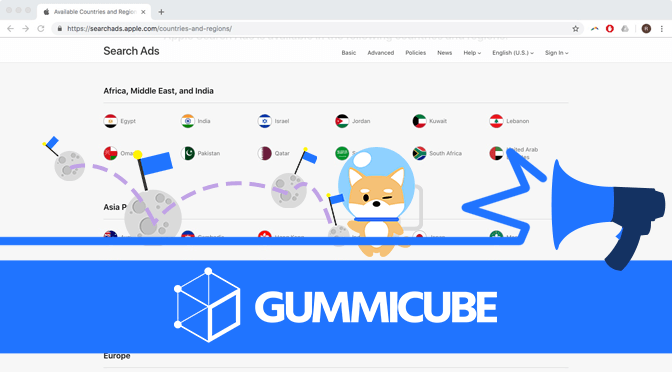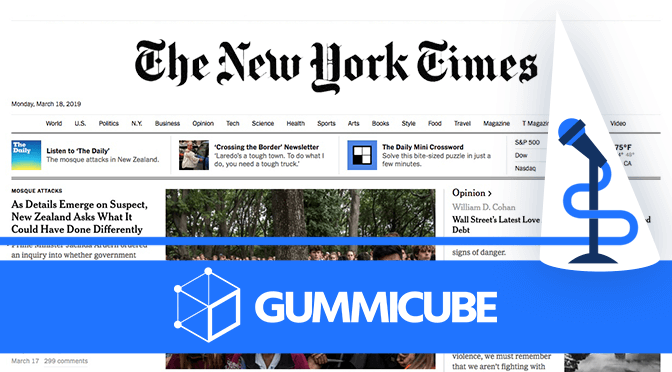
Search Ads Adds New Territories
Posted on March 28th, 2019
Apple Search Ads announced the addition of new territories, enabling developers to launch campaigns in new regions. This latest update is a large-scale expansion, more than tripling the number of territories Search Ads are available in. A Search Ads campaign provides multiple benefits for an app’s App Store Optimization, so the expansion is important for developers launching apps in those regions.












